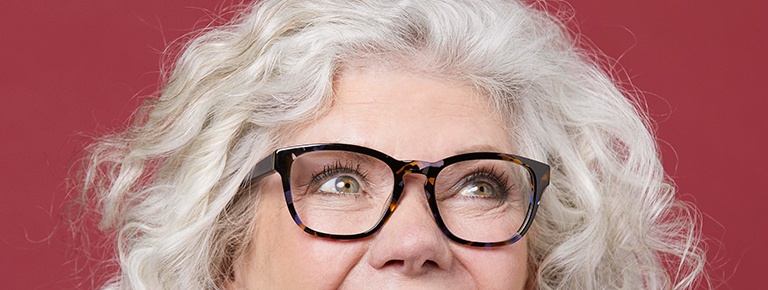Dr. Black's Eye Associates of Southern Indiana
302 West 14th Street, Suite 100A
Jeffersonville, IN 47130
Phone: (812) 284-0660
Monday—Friday | 8 a.m.– 5 p.m.
Dr. Black's Eye Associates of Southern Indiana
302 West 14th Street, Suite 100B
Jeffersonville, IN 47130
Phone: (812) 284-1700
Monday—Friday | 8 a.m.– 5 p.m.
Presbyopia
What is presbyopia?
Presbyopia is a refractive error that makes it hard for middle-aged and older adults to see things up close. It happens because the lens (an inner part of the eye that helps the eye focus) stops focusing light correctly on the retina (a light-sensitive layer of tissue at the back of the eye).
Presbyopia is a normal part of aging. Everyone gets presbyopia as they get older — usually after age 45. Many people have another refractive error in addition to presbyopia.
What are the symptoms of presbyopia?
Symptoms of presbyopia include:
- Trouble seeing things up close
- Needing to hold reading materials farther away to focus on them
- Eye strain (when your eyes feel tired or sore)
- Headache
Presbyopia gets worse over time, but it usually stops getting worse after age 65.
What causes presbyopia?
As you age, the lens in your eye gets harder and less flexible, and it stops focusing light correctly on the retina. This makes nearby objects look blurry.
Presbyopia is different than farsightedness — another refractive error that makes it hard to see things up close.
What’s the treatment for presbyopia?
In early stages of presbyopia, you can try some simple changes to help you read, like:
- Holding reading materials farther away
- Choosing large-print books or increasing font size on the computer
- Using brighter reading lights
As your presbyopia gets worse, you’ll probably need glasses or contact lenses to help you read. Some people use over-the-counter reading glasses — or your eye doctor can prescribe lenses to help you see as clearly as possible.
Lifestyle Lenses
Modern technology has made it possible to exchange the eye’s inflexible natural lens for a “lifestyle lens” designed to compensate for these changes in the eye and improve functional vision at all distances.
I want to learn more about “LIFESTYLE LENSES.”
To learn more about the many solutions that we offer to treat age-related blurry vision, please schedule a consultation with one of our eye care professionals online or by phone at (888)-Eye-Care (393-2273).
Back to Top








